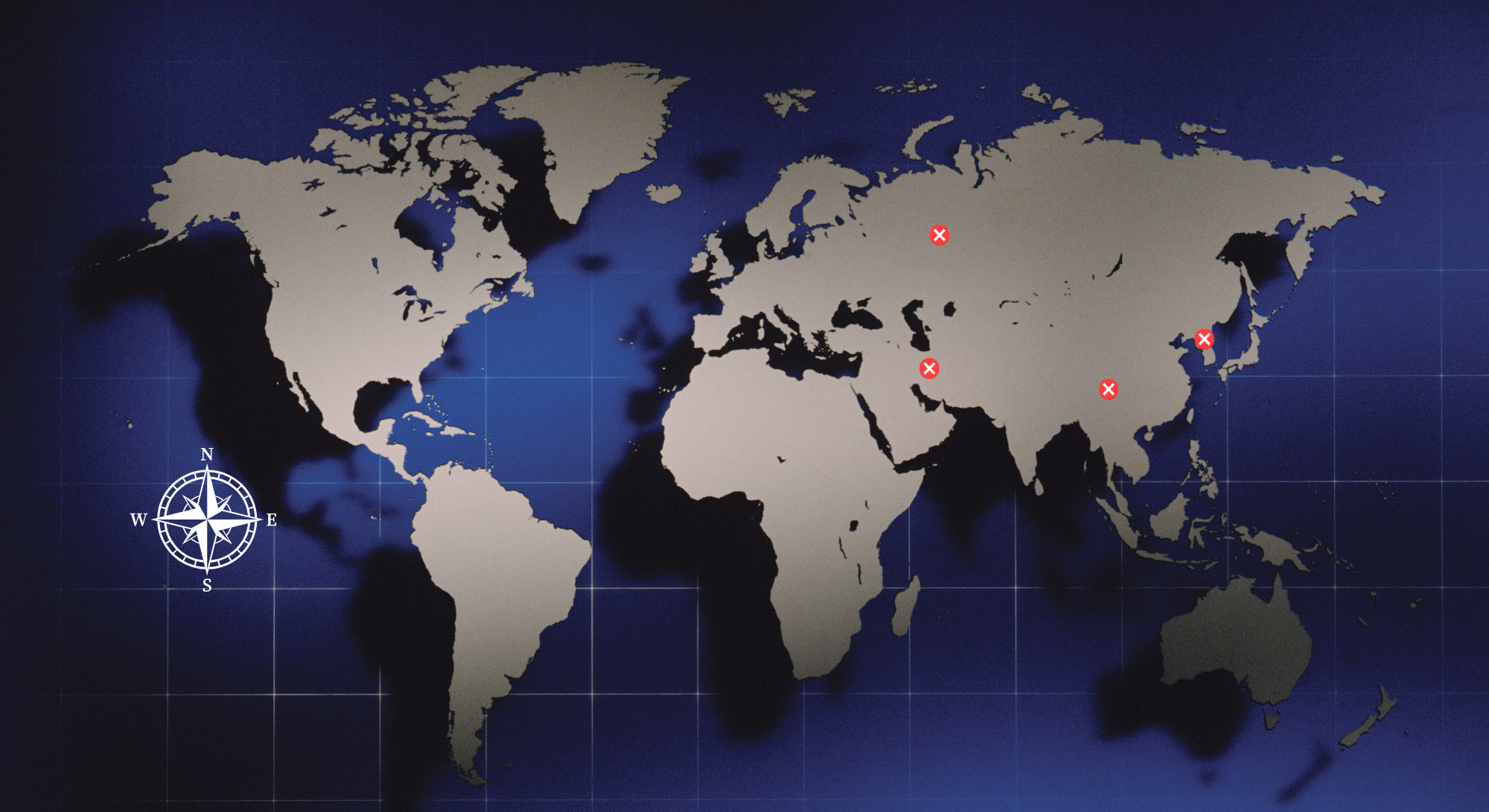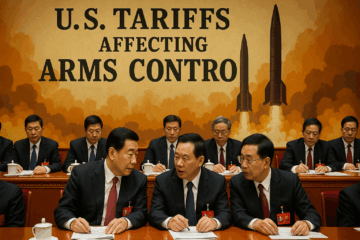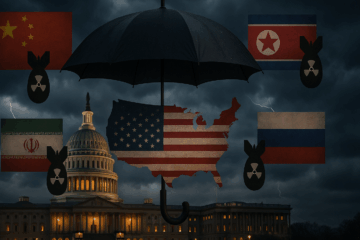China’s use of a salami-slicing strategy to gradually extend its influence in the South and East China Seas is proving challenging for the United States. One potential American countermeasure is to co-opt China’s strategy by “reversing the Salami.” With the dynamics of the East and South China Seas presenting a highly intricate geopolitical chessboard, fraught with overlapping territorial claims, strategic chokepoints, and a plethora of regional and international actors, it is important for the United States to act before it is too late.
The United States and its allies need to engage in multi-pronged, asymmetric strategies that exploit the existing geostrategic circumstances. The chessboard of the East and South China Seas includes Japan’s Yaeyama Islands (YI) (Ishigaki, Taketomi, Iriomote, Yonaguni, Hateruma) and the Philippines’ Second Thomas Shoal (TS2). The geography of the YI and the TS2 is central to the strategic equation in the East and South China Seas, particularly in relation to preventing China from taking Taiwan. These locales are not merely dots on a map but multi-dimensional air, land, and maritime pieces on the chessboard or, more aptly, a Go board.
Yonaguni Island is close enough to Taiwan to serve as a forward post for both surveillance and military operations. Yonaguni serves as a forward listening post for activities around the East China Sea and the Miyako Strait, also known as the Kerama Gap. The Second Thomas Shoal, while far removed from the Luzon Strait south of Taiwan and even further from Mainland China, is emblematic of the contested multipolarity of the South China Sea and a source of Chinese aggression toward the Philippines.
The geography of these places interlocks with larger strategic aims, especially vis-a-vis Taiwan. If the US chooses to defend Taiwan it will need to see these islands and shoals incorporated into its defense strategy. If the US chooses not to defend Taiwan against China, it will need to see these areas incorporated into its defense strategy for the sake of a Japan and Philippines that now face a Communist China that has taken control of Taiwan.
The Yaeyama Islands, part of Japan’s Okinawa Prefecture, are located 200 kilometers from Taiwan. This proximity serves as a critical buffer zone in the event of Chinese military activity aimed at Taiwan. It provides a forward-basing opportunity for surveillance, rapid deployment, and potentially disruptive activities against Chinese assets moving toward Taiwan.
The undisputed Japanese sovereignty over the Yaeyama Islands (excluding Senkaku) offers a unique opportunity. The Japanese, and by extension their allies, have unequivocal authority to militarize the islands without violating international norms.
The same is true of the Philippine islands of Itbayat and Basco in the Luzon Strait. These islands would prove to be especially critical in the event of a Chinese conquest of Taiwan.
Along with the Amphibious Rapid Deployment Brigade stationed on Yonaguni Island, a defense network aligning the islands appears to be taking shape. Looking to future military configurations, the US Marine Corps’ restructuring to establish marine littoral regiments points to a rapid adaptability aimed at responding to China’s growing presence. Such forces are particularly effective in island-hopping campaigns, enabling the US to project power in a more flexible and responsive manner.
The expanded regiment, previously the 12th Marine Regiment, was agreed upon by the United States and Japan following the 2023 US-Japan Security Consultative Committee meeting in January, according to the US Naval Institute, and is expected to be formed by 2025. Recently the III Marine Expeditionary Force’s commander, Lt. Gen. James Bierman Jr., visited Ishigaki, an island 160 miles east of Taiwan during the Resolute Dragon exercises.
The US, Japan, and the Philippines might consider more subtle and incremental actions. Deploying civilian fleets for research or fisheries, augmented by American and Philippine coast guard vessels, is a mechanism to assert a de facto presence without triggering a full-scale military response. By embracing the Chinese strategy of incrementalism, these nations can turn the tables without risking immediate reprisals or violating international law. Furthermore, the Philippines already established a legal precedent through its 2016 victory at the United Nations Convention on the Law of the Sea’s Permanent Court of Arbitration.
A presence at TS2 sends a strong signal to China about the range and mobility of American and allied forces. This geographic stretching of the theatre can dilute Chinese focus and assets. Recently, Chinese Coast Guard and maritime militia vessels rammed Philippine Coast Guard and resupply ships carrying supplies to troops stationed on the BRP Sierra Madre. Considering the US-Philippines Mutual Defense Treaty, Representative Mike Gallagher was emphatic that American support would include assisting the Philippines in establishing a more secure and permanent foothold in the TS2. If, for the sake of argument, Taiwan was part of China, the PRC is already encroaching on the space of two American allies—Japan and the Philippines.
Preventing further Chinese intrusion and hardening the outer islands and shoals of the Philippines and Japan can form a potential encirclement that limits the operational freedom of the People’s Liberation Army Navy (PLAN) in a Taiwan scenario. This Go strategy forces the PLAN into a multi-front conflict, complicating naval strategy. Exploiting these advantages requires an overlapping understanding of both the physical and symbolic dimensions of geography, intertwined with the complexities of military strategy, international law, and multi-dimensional warfare.
On November 9, in a Foreign Policy and the Quincy Institute jointly sponsored panel, Zack Cooper and Lyle J. Goldstein addressed the strategic value of the Senkaku Islands, which is just north of the Yaeyama Islands and the TS2. According to Goldstein, the US is not “going to defend shoals (TS2) or islands with goats (the Senkaku Islands).” He added, the need to “draw reasonable lines and do things that are affordable” is “a more realistic approach and that is consistent with realism and restraint.”
Cooper expressed concern about giving up TS2 or the Senkaku islands. He argued that conceding defeat on either front will cause American allies to ask, “You know, our alliance is backed by nuclear deterrence. What’s the red line on the nuclear deterrence?” By giving up on TS2 and the Senkaku Islands he said, “I worry that is what walks us into a very serious strategic crisis.” He added, “If we’re very sure that we can fight and defend Japan and the Philippines then why can’t we also protect Taiwan in the same way?”
Barely visible shoals and islands with goats will not retain their bucolic simplicity if the Chinese take control of them. In due time they will become fortified threats at the doorsteps of America’s allies. If the United States refuses to fight, it is a reasonable expectation that China will continue its aggression and claim historical ownership of Okinawa as well.
Absent a strong military response, an expansionist China may desire to limit Japan to the home islands of Kyushu, Shikoku, Honshu, and Hokkaido. Chinese aggression toward the Philippines could see the country lose its islands north of Luzon. This may seem farfetched, but so, too, is believing that Chinese expansion is satiated with the Scarborough shoals and islands with nothing more than goats.
About the Author

Alexis Littlefield
Alex serves as a Fellow at the National Institute for Deterrence Studies. Alex currently lives in Washington DC with his wife. Previously he lived in Ningbo, China where he taught at the University of Nottingham School of International Studies. He lived in Taichung, Taiwan where he was an Associate Professor at Feng Chia University’s College of Business. Prior to that he earned his PhD at the Graduate Institute of International Politics, National Chung Hsing University. He enjoys Chinese tea and performing the tea ceremony.



